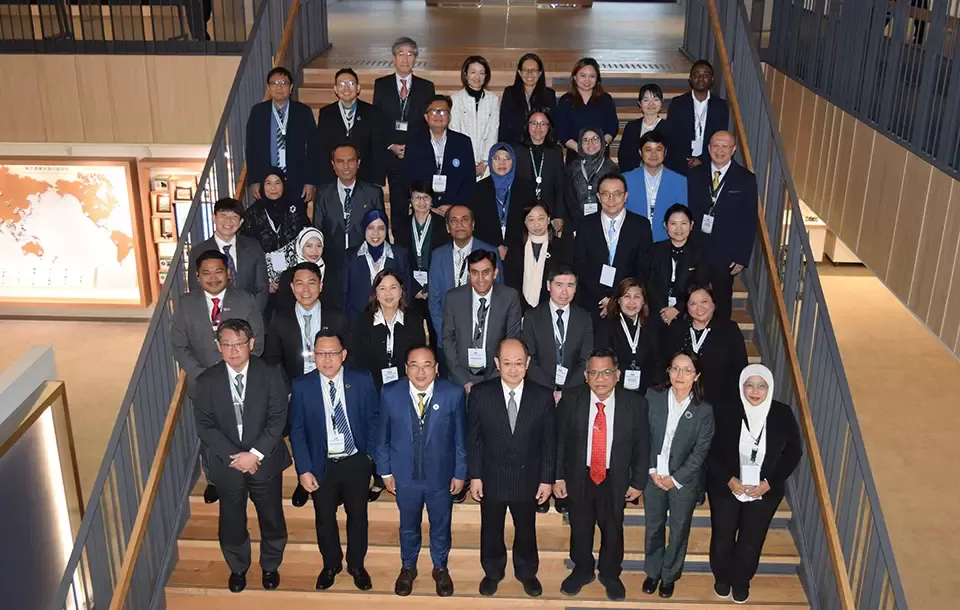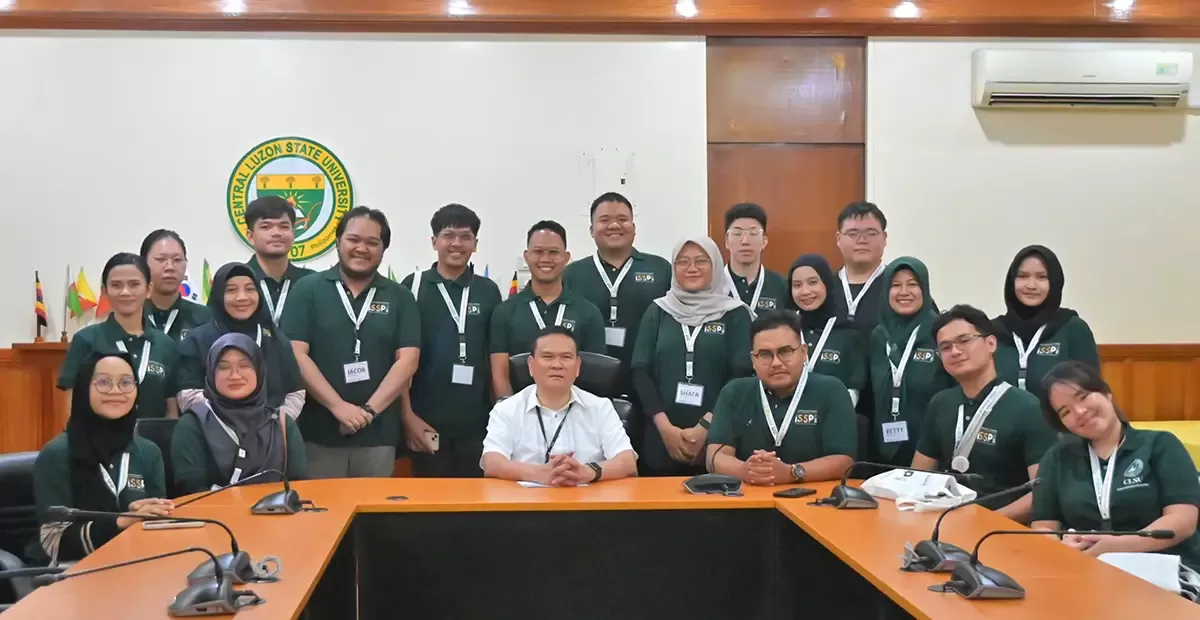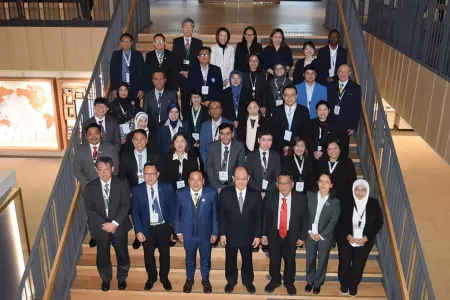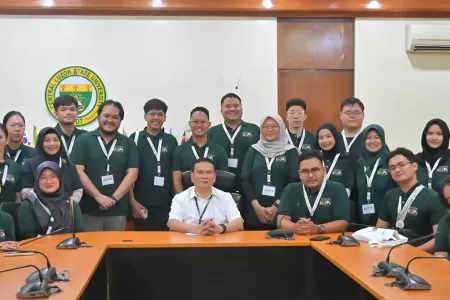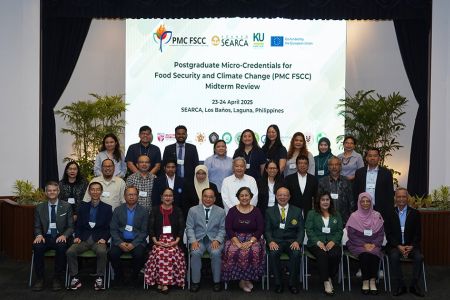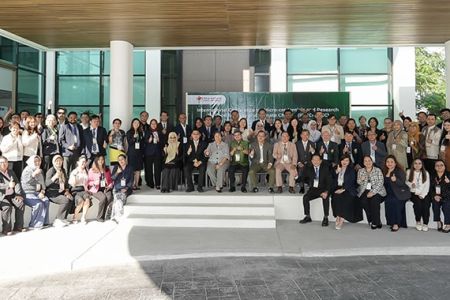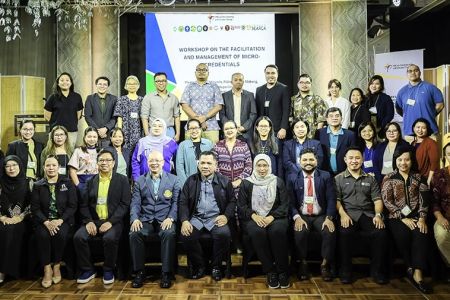UQ-Developed Portable Technology can Detect Dengue-Infected Mosquitoes in the Field
Each year, almost a million people, a large proportion of whom are children, require hospitalization for severe dengue. A new portable tool to detect dengue virus-infected mosquitoes aims to reduce the likelihood of human infections around the world.The simple diagnostic tool, developed by Dr. David Muller and colleagues from The University of Queensland (UQ) and research groups in Melbourne and South America, can now be used in the field to detect dengue infection in large numbers of mosquitoes.
“Unlike other approaches to mosquito surveillance, this new tool provides information on whether mosquitoes are carrying dengue,” Dr. Muller said.“It is rapid, specific, and does not require specialized equipment or personnel.This means it will be viable for use in developing regions of the world where dengue is a significant health and economic burden,” he said.
Almost half of the world's population is at risk of contracting the virus which is transmitted to humans by the bite of an infectious female mosquito. In fact, over 100 million people each year are infected globally, resulting in mild debilitation or even life-threatening complications of dengue hemorrhagic fever.
Suppressing mosquito populations is one way that local authorities try to reduce transmission of the virus, and finding the location and incidence of infected populations allows a rapid response to control the spread of the disease.
Professor Paul Young, leader of Dr. Muller's team at the Australian Infectious Diseases Research Centre, said that rigorous field testing was still being conducted.“The goal of this work is to provide the tools to not only assess mosquito numbers in the field but also their infection status," he said. "This information could then be directly uploaded with GPS information via mobile devices to coordinating centers.
“The availability of real-time monitoring of dengue presence within the mosquito population would be a valuable addition to early warning monitoring programs and should result in more effective mosquito control responses by local health authorities,” Professor Young said.
News of the new diagnostic tool has been published in the international Journal of Virological Methods.
Source: UQ News|21 May 2012

